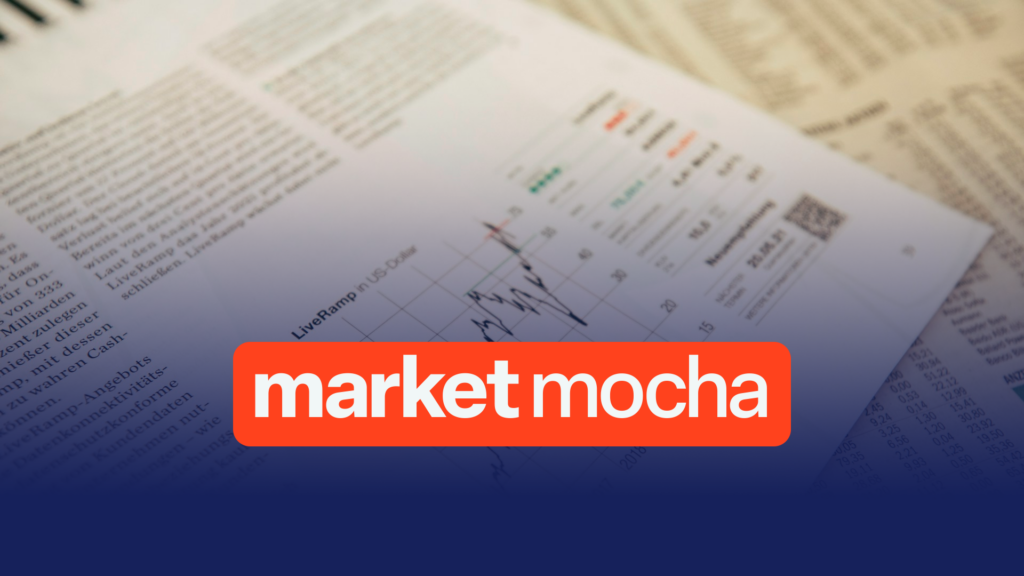Weakest job growth since July 2024 raises concerns about economic momentum amid tariff uncertainty
Private sector hiring in the US slowed dramatically in April, with employers adding just 62,000 jobs, according to data released Wednesday by payroll firm ADP. The figure fell far short of expectations for a 120,000-job gain and marked the smallest monthly increase since July 2024, raising fresh concerns about the labour market and the broader economic outlook.
The slowdown comes as businesses face growing uncertainty around President Donald Trump’s trade policies and broader macroeconomic conditions. Many firms appear to be holding back on hiring amid worries over the economic impact of sweeping tariffs and fluctuating consumer sentiment.
“Unease is the word of the day,” said Nela Richardson, chief economist at ADP. “Employers are trying to reconcile policy and consumer uncertainty with a run of mostly positive economic data. It can be difficult to make hiring decisions in such an environment.”
Jobs growth uneven across sectors
The leisure and hospitality sector led the way in April, adding 27,000 jobs, followed by trade, transportation and utilities (21,000), financial activities (20,000), and construction (16,000).
By contrast, several industries shed jobs:
- Education and health services lost 23,000
- Information services declined by 8,000
- Professional and business services posted a modest decline of 2,000
Overall job gains were modest in both goods-producing (+26,000) and service-providing (+34,000) sectors.
Pay trends mixed
Wage growth also showed signs of plateauing. For workers who remained in their jobs, annual pay growth slowed slightly to 4.5%, down from 4.6% in March. However, job-changers saw their pay increase 6.9% year-on-year, a slight uptick from the previous month’s 6.7%.
Among industries, financial activities led job-stayers’ pay gains with a 5.1% increase, while leisure and hospitality, construction, and education/health services each saw 4.7% growth.
Regional disparities and establishment size
Regionally, the Midwest saw the most robust hiring, with 42,000 jobs added, while the South managed just 3,000 net additions. The Northeast and West saw modest gains.
Hiring was also uneven by establishment size:
- Small firms (1–49 employees) added a net 11,000 jobs
- Medium-sized firms (50–499 employees) added 40,000
- Large firms (500+ employees) added 12,000
Broader economic context
The ADP report adds to a growing stack of signals pointing to a cooling US economy. On the same day, official data showed the economy shrank 0.3% in Q1 2025, largely due to a surge in imports ahead of tariff implementation. Consumer sentiment has also dropped sharply, and business investment, while strong in Q1, may taper off as policy uncertainty persists.
Economists caution that the ADP report is only a partial view—it excludes government hiring and often diverges from the official nonfarm payrolls report, which is due Friday. Markets expect that report to show 133,000 jobs added in April, with the unemployment rate steady at 4.2%.
Still, the sharp deceleration in private sector hiring has caught attention. “The economy is losing momentum, and risks to the outlook are clearly rising,” said Bill Adams, chief economist at Comerica Bank.
The report is also likely to influence debate inside the Federal Reserve, as policymakers weigh whether slowing job growth should take precedence over persistent inflation in their next interest rate decision.

